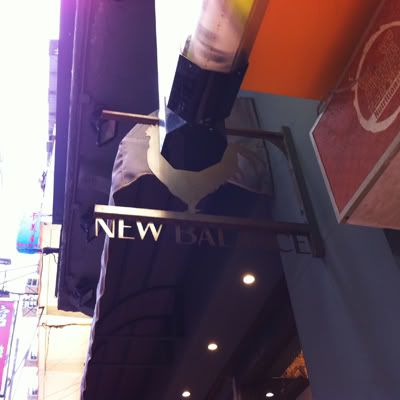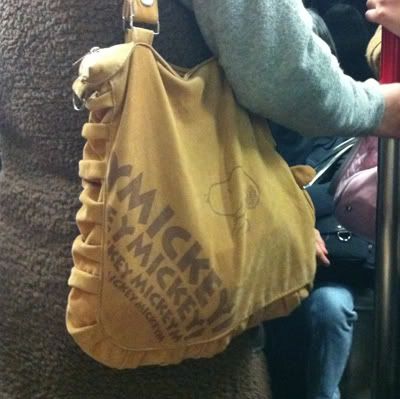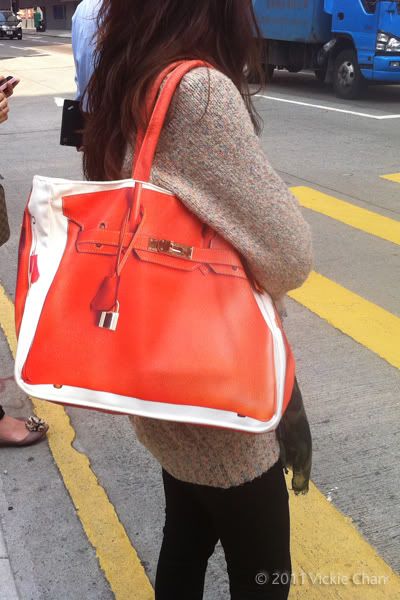Writing a piece about being half-one-thing and half-something-else; mixed-race; ethnically diverse or half-caste is ridiculously tough. I have been part-this and part-that for all of my life, yet what that means in my life, what it means to me, constantly changes.
There are probably a plethora of reasons why it matters and why the implications change so much, but I'd place a fairly high emphasis on this: You don't fit into one neat box; you are internally contrasting; you are not normal.
Before I get too far, it's important to point out that there are probably many single-race people out there who feel similar to the way a mixed-race person feels – particularly when that single-race person is of an ethnic minority in a culturally different environment – because it equals this: You don't fit into one neat box; you are internally contrasting; you are not "normal" (for where you live).
When I was young, I never really thought about what I was, I was just proud because I was raised to be. As I grew, I started to realise that I perceived a lot of important-but-unspoken differences, like parental expectations, social etiquette and understanding. I questioned whether or not my friends really understood me, as they usually had to fence me in: "She is like me, white" or "don't pretend you're different to me". But the truth was, what would they know? They had only one main language in their lives, their families weren't spread half-way across the globe, their culture wasn't like two opposites melded into one. The older I got, the more I fought for just being who I am and not having to fit into either side perfectly.
I grew up in the UK and moved to Hong Kong in my twenties. Having experienced racism as both a child and adult in the UK (admittedly, nothing that bad) I had to learn all over again when I realised that now, I would be resented by Chinese people, especially those that disliked that I could understand their back-talk. According to most people, I "don't really look it", though I stand by the fact that I am who I am and we all "see" differently. This can often lead to scrutiny about where I'm from and what mix I am, why I speak Cantonese and why I'd care – because they think I look white, I am white. I battled with this for a long time and eventually a good friend (Hong Kong-Chinese/ American, I believe) said to me, "there are a hundred shades of yellow in this town. Don't try to fit in, you'll never be happy." If I'm honest, this phrase gives me great comfort.
Being mixed-race, particularly half-Chinese, matters a lot to me. I may have grown up in the UK with an English mother (mother Definition: Typical bestower of language and culinary skills – both vital in cultural identity, especially if Chinese) but I always felt different, I always experienced things differently and I always talked about these ideas and experiences with friends that could understand or relate to me. So, I was surprised to find that even in the huge melting pot of Hong Kong, friends laugh at my Cantonese or make comments that I look Western, feigning disbelief and inadvertently, insulting me.
While working on a series of paintings recently, I decided to finally read an academic study passed to me, about the identity of Chinese people growing up in Britain. I won't pretend that I have actually finished reading it yet, but what I have learned so far has not only made me feel less like the odd-one-out, but amazed me. Oh and did I mention, it also made me realise I was even more of a minority?
Unlike the majority of Chinese people in Britain, my father has no family in the country. We do not own a takeaway and I am only half Chinese (yes, growing up I was often greeted with "so, which takeaway is yours then?"). Of those interviewed for the study, 76% of the parents were in catering and 66% were takeaway proprietors or catering employees. 0-50% of families spoke Chinese 11.3% of the time.* We spoke Cantonese about 1% of the time and I am the only offspring that learned it. My father, however, speaks better English than I do – albeit with a slight accent – and I have never had to translate for him.
// But some things are exactly the same:
"Hybridity could be described as the co-existence of various forms of partial identification with none overriding the others."*
“British people like to stereotype Chinese people, things like saying Chinese people eat dog meat.”*
"It is not a fixed origin to which we can make some final and absolute Return… it is always constructed through memory, fantasy, narrative and myth."* //
A book called The Eurasian Face (Kirsteen Zimmern) containing photographs of a range of mixed-race Chinese people, was recently published in Hong Kong. Each subject wrote their own entry about their feelings and experiences of being mixed-race emphasising the point that we are all so different-looking; we have had such different experiences; it means something to be half-Chinese. In fact, there were people who refused to be in the book, so bad were their experiences (during the '50s-'60s particularly) of being the truest "under scum" of society – something which I understand, but shocks me nonetheless, even though I grew up half-Chinese in a Muslim neighbourhood on the wrong side of town.
Over the years I have mused over a number of things with my ethnically-like-me friends. Questions like "have you ever seen a really old Eurasian person? What will we look like when we're older?" and "Man, I used to feel special being half-Chinese, but these days, we're everywhere!" Perhaps one day we will be our own race of different looking people with all kinds of blood – from the red-headed, white-skinned Miss Wong (黃小姐) in Lincoln and the guy who looks so Chinese, he can't get the right kind of job – to the girl who looks so little Chinese, she can't access her own bank account because she "doesn't look like a Chan" to the Indian woman behind the counter in England (true story).
*[Statistics and quotes from Through Different Eyes: The Cultural Identities of Young Chinese People in Britain – David Parker]
While working on a series of paintings recently, I decided to finally read an academic study passed to me, about the identity of Chinese people growing up in Britain. I won't pretend that I have actually finished reading it yet, but what I have learned so far has not only made me feel less like the odd-one-out, but amazed me. Oh and did I mention, it also made me realise I was even more of a minority?
Unlike the majority of Chinese people in Britain, my father has no family in the country. We do not own a takeaway and I am only half Chinese (yes, growing up I was often greeted with "so, which takeaway is yours then?"). Of those interviewed for the study, 76% of the parents were in catering and 66% were takeaway proprietors or catering employees. 0-50% of families spoke Chinese 11.3% of the time.* We spoke Cantonese about 1% of the time and I am the only offspring that learned it. My father, however, speaks better English than I do – albeit with a slight accent – and I have never had to translate for him.
// But some things are exactly the same:
"Hybridity could be described as the co-existence of various forms of partial identification with none overriding the others."*
“British people like to stereotype Chinese people, things like saying Chinese people eat dog meat.”*
"It is not a fixed origin to which we can make some final and absolute Return… it is always constructed through memory, fantasy, narrative and myth."* //
A book called The Eurasian Face (Kirsteen Zimmern) containing photographs of a range of mixed-race Chinese people, was recently published in Hong Kong. Each subject wrote their own entry about their feelings and experiences of being mixed-race emphasising the point that we are all so different-looking; we have had such different experiences; it means something to be half-Chinese. In fact, there were people who refused to be in the book, so bad were their experiences (during the '50s-'60s particularly) of being the truest "under scum" of society – something which I understand, but shocks me nonetheless, even though I grew up half-Chinese in a Muslim neighbourhood on the wrong side of town.
Over the years I have mused over a number of things with my ethnically-like-me friends. Questions like "have you ever seen a really old Eurasian person? What will we look like when we're older?" and "Man, I used to feel special being half-Chinese, but these days, we're everywhere!" Perhaps one day we will be our own race of different looking people with all kinds of blood – from the red-headed, white-skinned Miss Wong (黃小姐) in Lincoln and the guy who looks so Chinese, he can't get the right kind of job – to the girl who looks so little Chinese, she can't access her own bank account because she "doesn't look like a Chan" to the Indian woman behind the counter in England (true story).
*[Statistics and quotes from Through Different Eyes: The Cultural Identities of Young Chinese People in Britain – David Parker]






